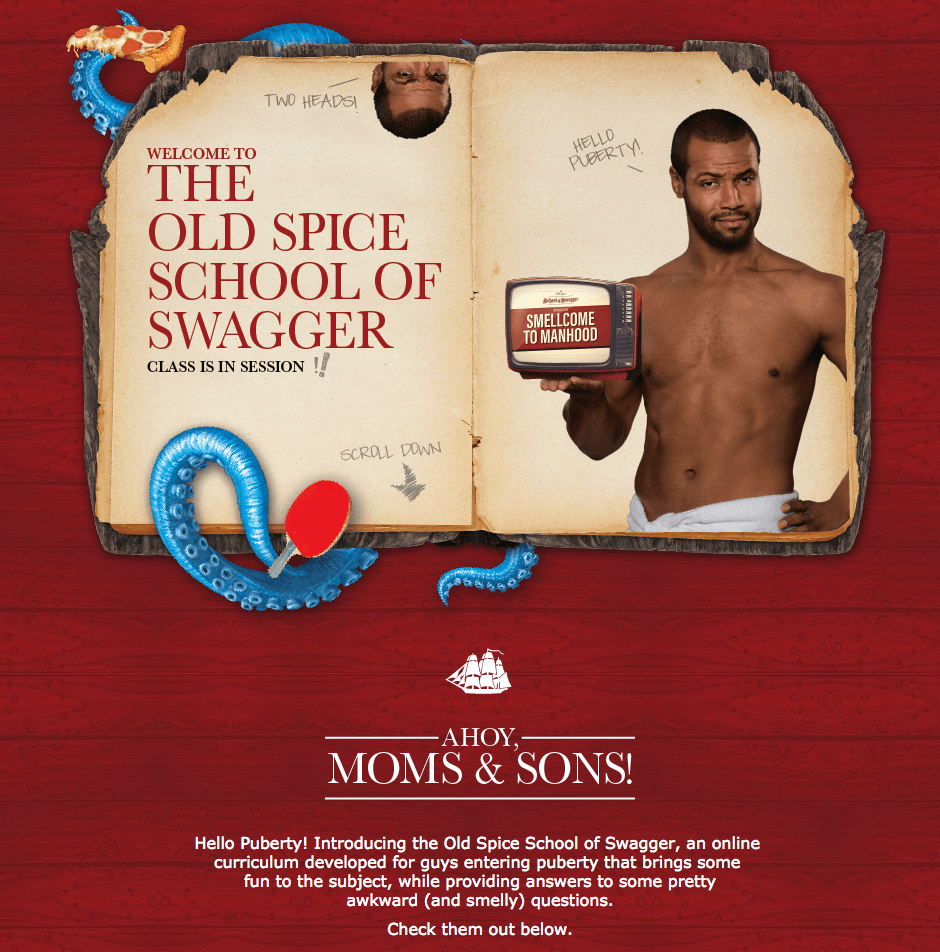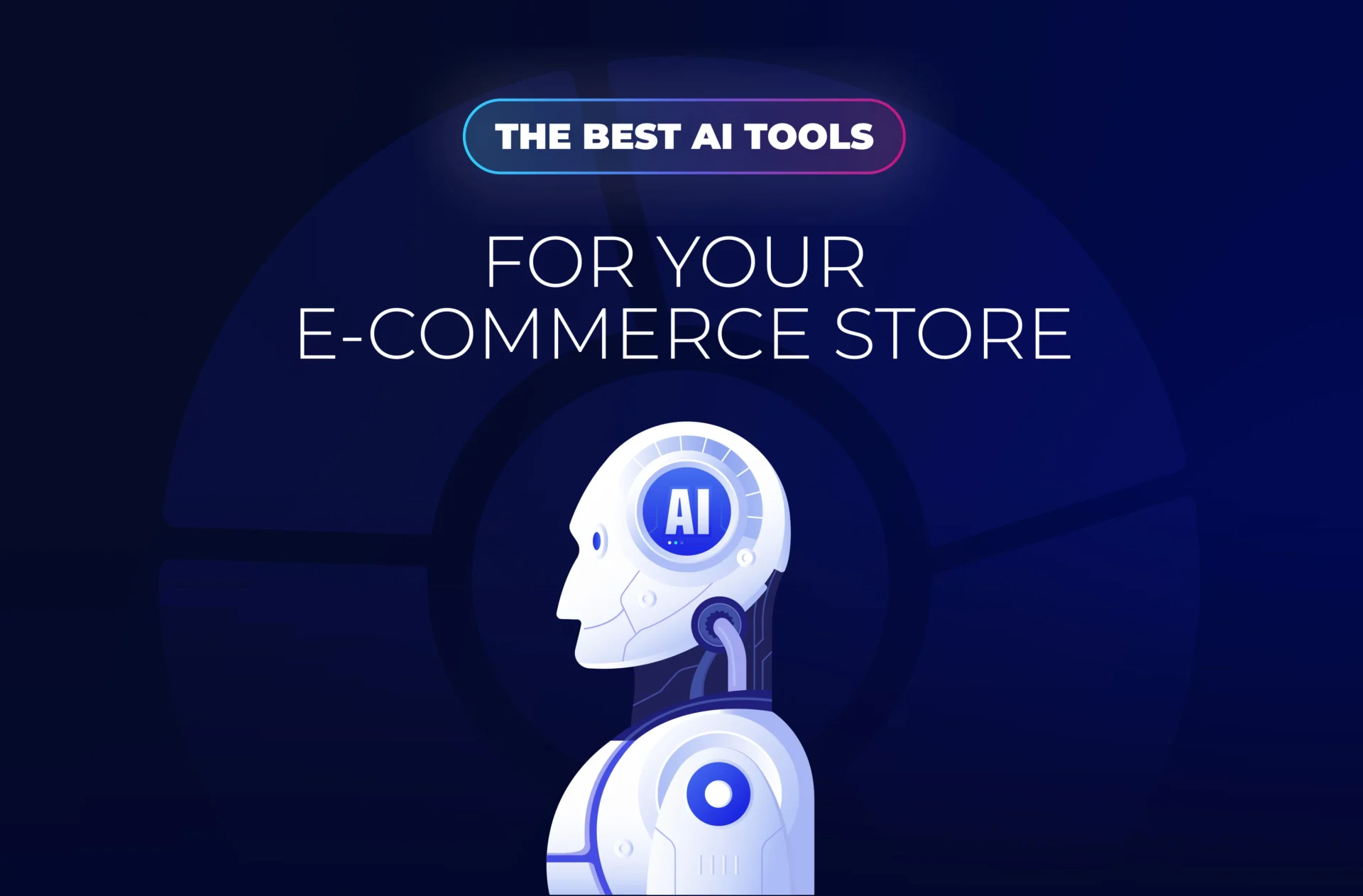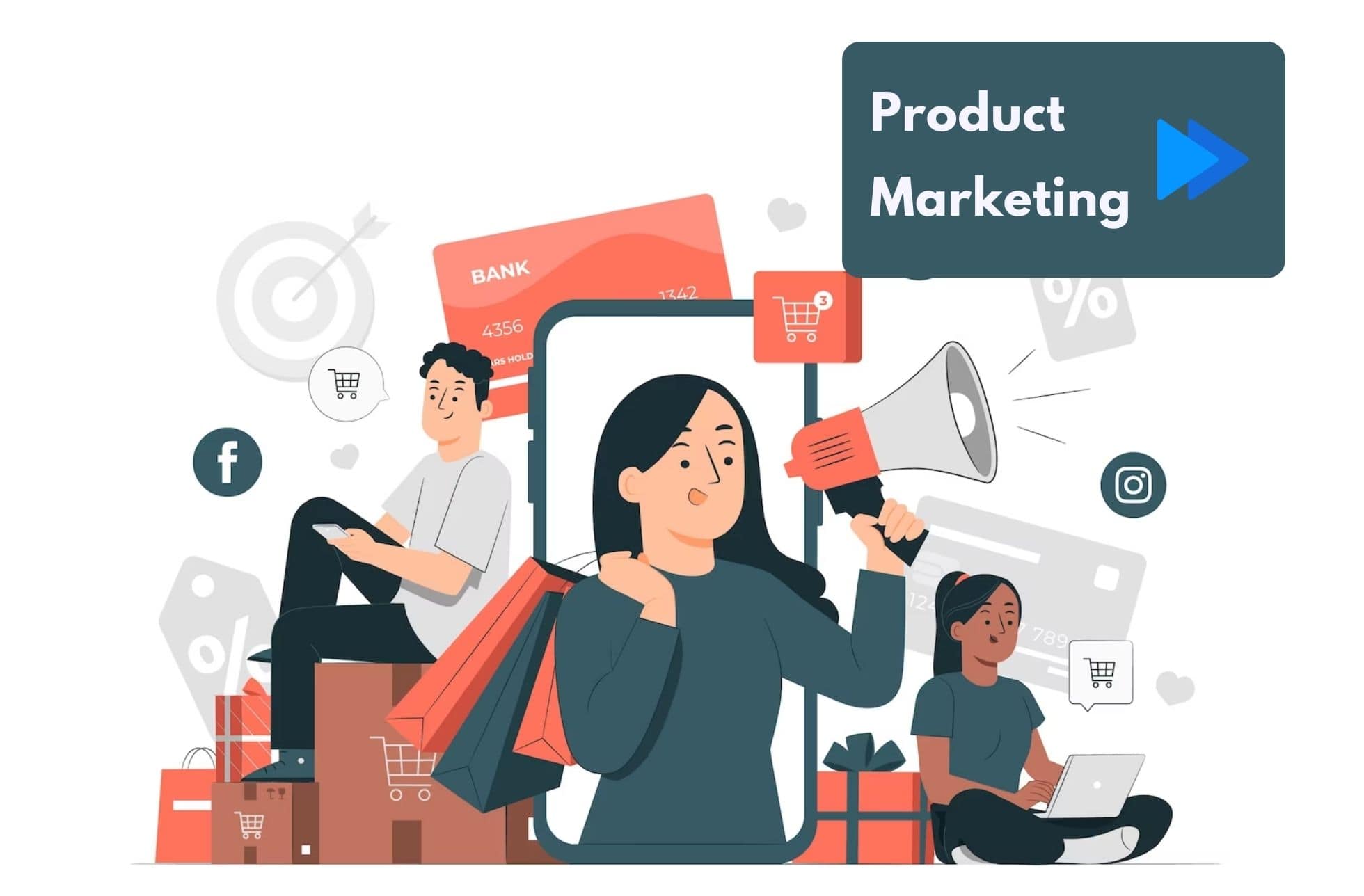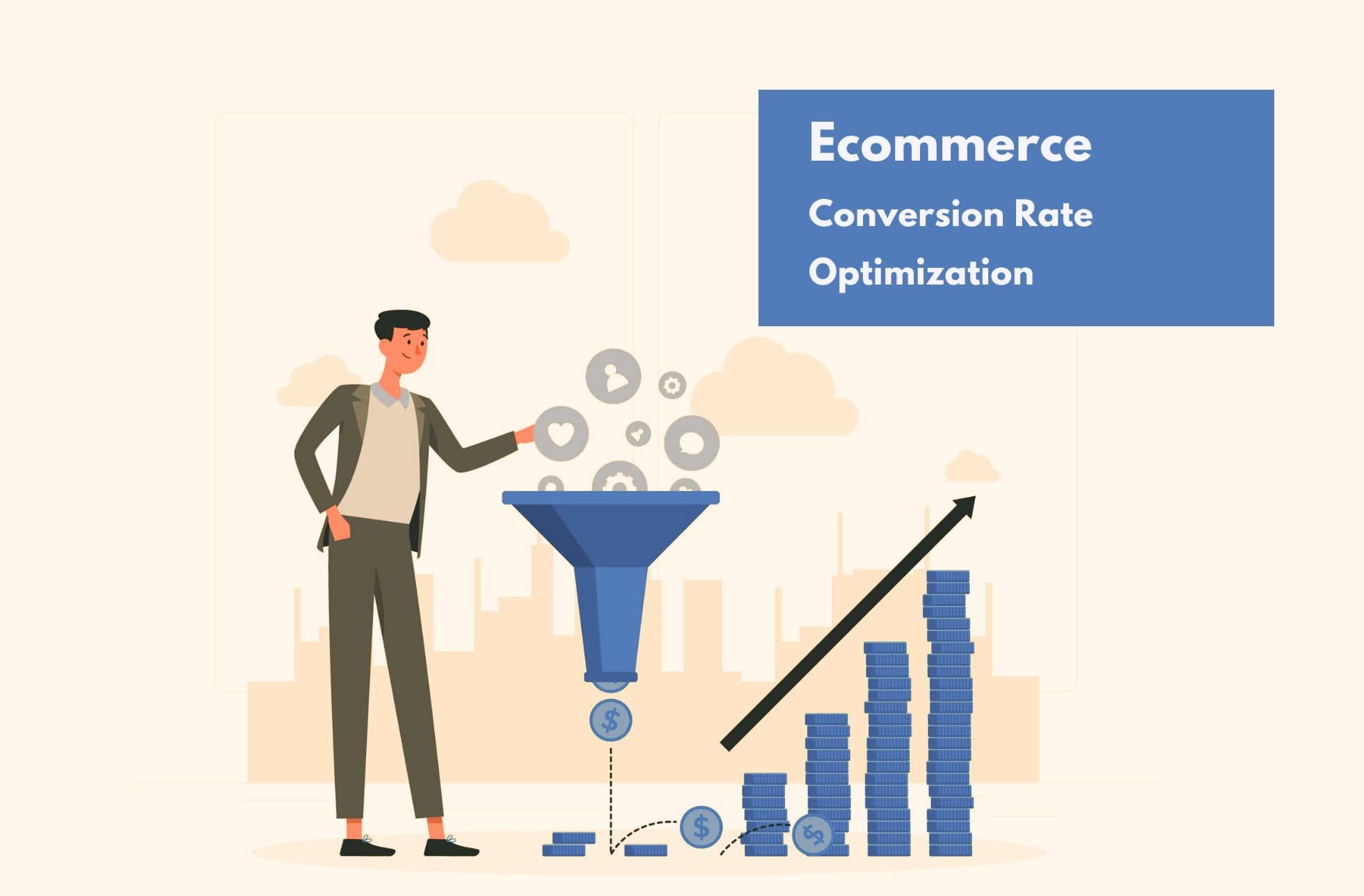Today consumers are more influential, empowered, and have more alternatives than ever before.
With increased Internet accessibility, people are constantly connected with marketing messages and information available online. Consumers today are locating stores, researching products, comparing prices, giving reviews, and purchasing online. Today´s consumers are more influential, empowered, and have more alternatives than ever before. In this digital age, traditional techniques of marketing are becoming less effective and to engage with customers, the firms need to develop impactful digital marketing campaigns.
The Power Shift
Increased penetration of the Internet has shifted power from the marketer to the consumer. Now consumers are more aware of various offers, and through data available on the Internet, consumers can easily gain meaningful insight about a company and their products. Consumers can compare prices, read product reviews, ask another consumers about the quality of the product and buyer-satisfaction. Word of mouth is the most impactful, as well as the most detrimental to brand success. Positive word of mouth on social media can help a brand gain consumer trust and willingness to buy, whereas a negative review by a single consumer on any social media can disrupt the well-established image of a brand in the mind of consumers.
With the increased penetration of social media, consumers’ belief in the words of marketer has shifted to the world of online communities. A blog or a video created by an unsatisfied consumer of a brand becomes viral within in a short span of time, which can create and mount a lot of criticism for a brand, product, and company. In addition to this, consumers are not only watching the content on the social media they are also creating and sharing with others in a multi-channel transfer of information.
The reality is that organizations are no longer in charge of their brand communication message.
Concepts of Brand Supremacy and Brand Loyalty are slowly diminishing and posing a challenge to the marketers by projecting the image of the brand merely as a commodity. Marketers are forced to listen to the end consumers and convert their interaction into value laden personalized products that are affordable and better than the competitor’s. The reality is that organizations are no longer in charge of their brand communication message. Brands are now subject to the will of the consumer, and the slightest faux-pas can create a PR disaster. In short, digital technology has heightened the awareness level of the average consumer.
Do Firms have control over Brands?
Customers always have a viewpoint on the brands they consume no matter positive or negative, which they spread to their peers. Before the time of Internet and social media, it was tough for firms to know and understand their customers’ views about their brand without doing thorough market research. With social media, each consumer has a global platform, capable of influencing multiple customers by expressing his/her views on public forums, blogs, YouTube, etc. So in other words the firms have to keep track on who, where, and what is impacting their brand image. It is crucial for firms to manage their online presence on multiple channels with a dedicated team monitoring 24-7.
It is crucial for firms to manage their online presence on multiple channels with a dedicated team monitoring 24-7.
Customer voices were not strong in the past and brand managers had the luxury of ignoring them. There was a time when the brand managers played a pivotal role in making brand-related stories, but today consumer-generated brand stories on online forums are getting more attention and becoming viral. For example, the story of Dave Carroll, whose guitar was damaged by United Airlines during baggage handling would not have become so popular without social media. His video “United breaks Guitars” had a huge impact on the finances of United Airlines by increased bad word of mouth against the airline. Brand managers can no longer ignore these stories.
Now brand managers are facing the challenge of integrating consumer developed brand stories with company’s communication mix to create compelling brand stories. Some brands have already started leveraging input from customers for brand building. Some examples are Old Spice campaign “The Man Your Man could smell like” and Blend Tec’s “Will it Blend?”
Using social media to respond instead of responding one on one to the consumer might help resolve a conflict, but it could also create more problems if the consumer is not satisfied.
Smith, Fischer, and Yongjian (2012) studied consumer-generated content on social media and they found out that Facebook and Twitter are used extensively by the users to interact with the brands. Companies should create enticing content on these platforms and acknowledge the contribution of audiences. In the case of negative content generated by the consumer, firms need to think of a better response strategy as well as the channel used for reaction. Using social media to respond instead of responding one on one to the consumer might help resolve a conflict, but it could also create more problems if the consumer is not satisfied. Before entering social media platforms, firms should be certain of what its branding fundamentals are, and that it has enough resources to deliver brand promises through various consumer touch points.
Marketing Communication in Digital World
Marketing communication in digital world is done in three crucial stages: creating presence, creating relationship, and creating mutual value.
Building a website, Facebook page, or twitter handle is not sufficient to establish a brand’s online presence; promotional activities are crucial and need to be designed to acquire and retain traffic. The challenge for the e-marketer is to occupy presence on the web and develop strong routes to locate their customers.
Ways of Building Traffic:
Banner Ads
Banner Ads are used to establish links to other web pages and are mostly placed on the websites that already have an established traffic. There are many advertising agencies like doubleclick.net available in the market that sell advertisements on these web sites. Advertisement costs are decided on the basis of number of viewers, which are measured and audited reliably by different agencies. Linkexchange.com is another advertising network that facilitates exchange of banner ads i.e. for every two banner ads posted on company’s website that company will get advertisement on another site free of cost.

Site Optimization
The website itself is a promotional tool in its own right, and the more time the website takes to load, the more criticism and negative rating it will attract from visitors. Worse, the consumer might move to a competitor’s site. Whether it’s a website, a blog, or any online channel, it should have a good interface so that customers can easily find the information they are seeking and smoothly complete their transactions. Removing obstacles between the customer and their purchase should be the top priority.
Removing obstacles between the customer and their purchase should be the top priority.
Other Promotional Strategies
To achieve better online visibility, sites require useful content and search engine optimization (SEO). Customers who are searching for information will mostly look after only top ten links in the search results. To draw consumer attention, firms need to have their sites in at least top ten results. To achieve this:
- They need to register the website on all the main search engines.
- Searchenginewatch.com provides details about how a search engine works, their criteria of listing the search results, and tips to increase the ranking.
- Google Analytics and Google Webmaster tools offer useful tips, keyword simulations, and integral tools to optimizing a site’s referencing for the largest search engine.
Creating Relationship
Relationships with customers are made through better communication, customization, personalization, communities, and timely services. Firms should enhance the value of interaction, which will improve customer satisfaction and make every customer feel special. Customers who are better informed are valuable both to the company as well as other customers. They know more about the company’s offers and can use the products in more skillful way. Customers can also be involved in solving problems and sharing information.
To enhance the relationship, companies should collect information from the customer by the following means:
- In terms of feedback from customer on the services delivered by the firms.
- Collect information as a byproduct of transaction, that can be in the form of customer’s name, address, email address, credit card details etc. and can help in knowing the customer so that changes can be made in the offerings according to the consumer profile.
- Use cookies to keep track of customer’s actions. Cookies are used at the server side connection to store and retrieve information from the client. It will help in retrieving information related to users date of last visit, their preferences etc. It can be used to personalize web pages, and optimize them for a better user experience.
Creating Value
Engaging with consumers on online communities provides firms an opportunity to better understand their customers and leverage that knowledge in creating value for the consumers. The sole purpose of brand communities is to create value for all the stakeholders. Value is created by generating and sharing opinions in the form of content related to products that are of interest to the audiences. For many people purpose of joining the brand community, following brand on social media, or liking brand pages is to gain knowledge about the various offers.

Consumers help each other by sharing their experience of using the products offered by the brands that helps others in making purchase decisions. Personal interaction on these channels can help firms get insights for new product development. Even consumers can show their interest in new product building or bringing changes in existing product line by giving timely reviews and suggestions. This type of engagement and value creation is possible only if consumers find the relevant content on online channels generated by the firms.
Today, brands need to have a working, open dialogue with consumers in real time. Being present on social media platforms and creating value by engaging clients is the best way to compete with this new breed of social consumer. The global lense is sharper than ever, so brands need to be constantly aware of their customer’s perspectives to be able to create their image effectively.
Do you have more tips for those looking to build their brand? Leave them below or tweet us!





